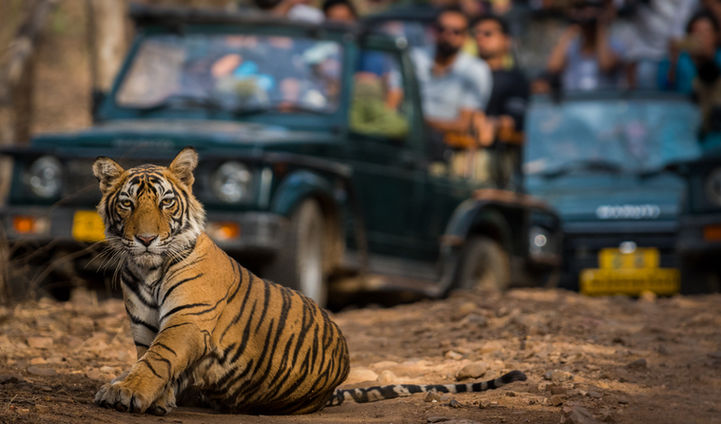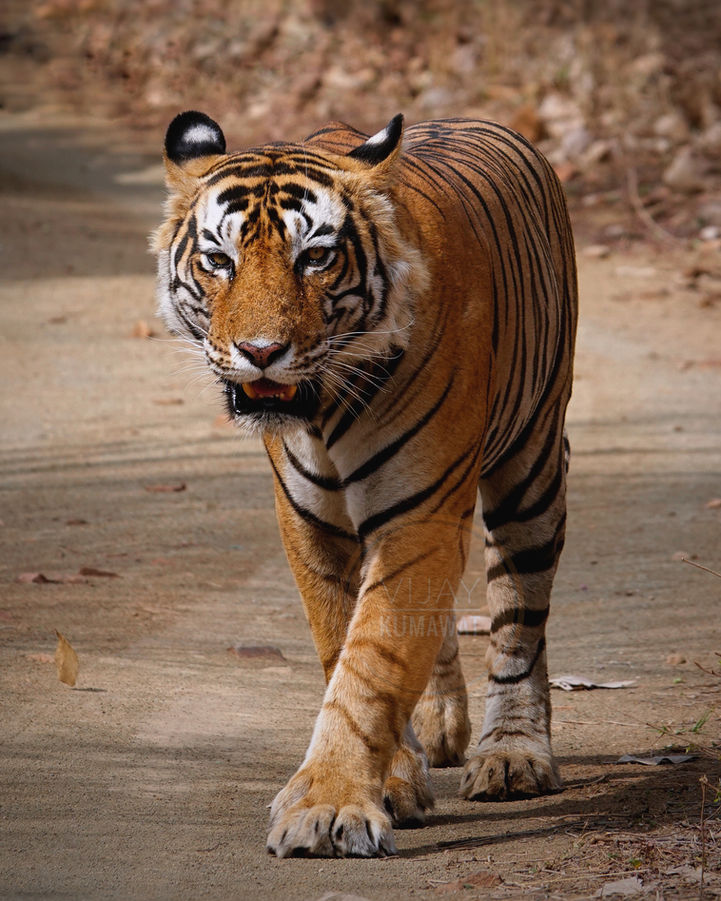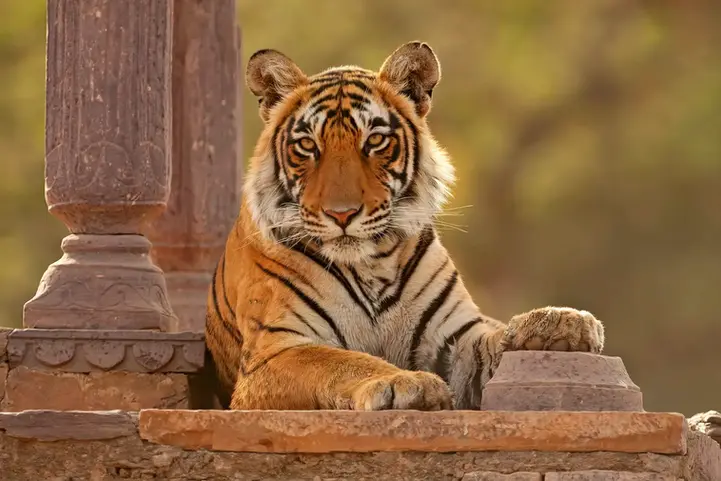
Ranthambore National Park
Ranthambore is Rajasthan’s most iconic tiger reserve, where majestic cats roam freely against a backdrop of ancient forts and rugged landscapes.
Where History Meets the Wild
About
Ranthambore National Park
Located in southeastern Rajasthan, Ranthambore is one of India’s most celebrated national parks. Famous for its high density of tigers, the park is equally known for the grand 10th-century Ranthambore Fort that overlooks its forests. From serene lakes to crumbling ruins within the jungle, every safari here blends wildlife with history.

Why visit Ranthambore?
Ranthambore is more than just a safari, it’s where India’s royal past meets untamed wilderness. The park is one of the best places in the world to see tigers in the wild, often spotted near lakes, ruins, or resting under ancient banyan trees. Beyond the big cats, Ranthambore offers a rich diversity of wildlife including leopards, sloth bears, marsh crocodiles, and over 300 species of birds. The dramatic backdrop of the 1,000-year-old Ranthambore Fort and scattered temple ruins inside the park make every safari here a journey through both nature and history.
Write a Title Here
Share information on a previous project here to attract new clients. Provide a brief summary to help visitors understand the context and background of the work.
Write a Title Here
Share information on a previous project here to attract new clients. Provide a brief summary to help visitors understand the context and background of the work.

Types of Safaris Available
Jeep Safari
Private or shared Jeep Safaris for close encounters with wildlife.
-
-
Morning: 6:00 AM to 10:30 AM
-
Evening: 3:00 PM to 6:00 PM
-
-
Capacity: 6 visitors per Jeep.
Canter Safari
Group safaris in larger open vehicles.
-
Capacity: 12–20 visitors.
Best Time to Visit
-
Winter (October – February): Best for safaris, with cool weather and lush greenery.
-
Summer (March – June): Ideal for tiger sightings near water bodies.
-
Monsoon (July – September): The park remains closed during this period.
Safari Zones
-
Zone 1 – Features the Tuti ka Nala and Singh Dwar; known for sightings of tigress Arrowhead (T-84) and her cubs.
-
Zone 2 – Rich in waterholes and dense forest; sightings include tigers, leopards, and sloth bears.
-
Zone 3 – Includes Padam Lake and Jogi Mahal; among the most scenic zones with frequent tiger activity.
-
Zone 4 – Dotted with ruins and lakes; home range of tigress Riddhi and famous earlier for Machli, the legendary tigress.
-
Zone 5 – Similar to Zone 4, with high tiger density; popular for tigress T-19 (Krishna) and her cubs.
-
Zone 6 (Kundal) – Offers open grasslands, great for spotting tigers and leopards; less crowded compared to Zones 1–5.
-
Zone 7 (Chidikho) – Smaller zone with hilly terrain; sightings are occasional but rewarding.
-
Zone 8 (Balas) – Known for leopard activity and occasional tigers, with fewer jeeps compared to core zones.
-
Zone 9 (Kuwalji) – Located farther away; great for birdwatching and sightings of elusive tigers and caracals.
-
Zone 10 (Aantri) – Least explored, with rugged landscapes and occasional tiger and leopard sightings.




















